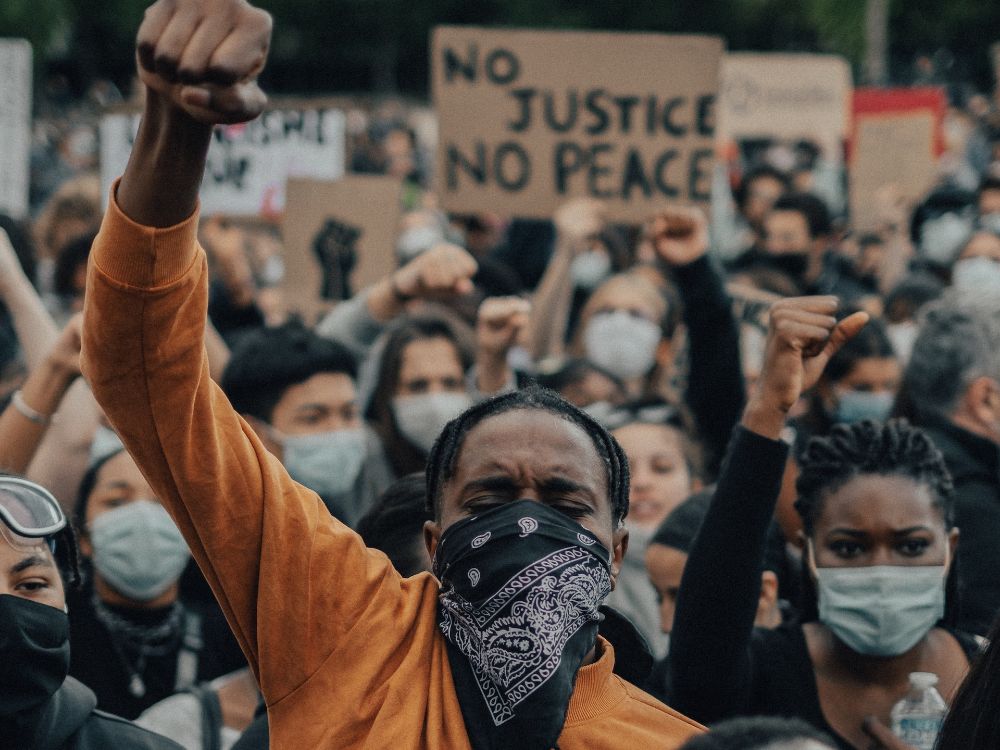Introduction
In our visually driven world, sharp and clear images are crucial for various applications, from photography and surveillance to medical imaging and remote sensing. However, capturing perfectly focused and blur-free images can be challenging due to various factors such as camera shake, motion blur, or optical imperfections. Artificial Intelligence (AI) has made remarkable advancements in addressing these issues. In this article, we’ll delve into the fundamentals of AI deblur technology, explaining what it is, how it works, its applications, and its potential impact on various fields.
What is AI Deblur Technology?
AI deblur technology is a subfield of computer vision that focuses on the restoration of blurred images using artificial intelligence techniques. It aims to recover the details and sharpness in images that have been degraded due to various factors. Improve photo quality These factors can include motion blur (caused by object or camera movement during exposure), defocus blur (resulting from incorrect focus settings), or other forms of distortion.
How AI Deblur Technology Works
AI deblur technology relies on neural networks, particularly Convolutional Neural Networks (CNNs), to analyze and enhance blurry images. The process typically involves several steps:
- Data Collection: To train a deblurring AI model, a vast dataset of blurry and corresponding sharp images is required. These datasets include pairs of images, with one being the blurred version of the other.
- Preprocessing: The images in the dataset are preprocessed to ensure that they are compatible with the neural network. This may involve resizing, normalizing, and augmenting the data.
- Neural Network Architecture: AI deblur models are built using convolutional layers in a neural network architecture. These layers are adept at recognizing patterns and features within images.
- Training: The neural network is trained using the dataset, optimizing its parameters to learn how to reverse the blurring process. During training, the model iteratively adjusts its weights and biases to minimize the difference between the predicted and actual sharp images.
- Inference: Once the AI model is trained, it can be used to deblur new, unseen images. Users feed a blurred image into the model, which processes it and produces a deblurred version.
Applications of AI Deblur Technology
- Photography: AI deblur technology can help photographers salvage photos that suffer from motion blur, ensuring that cherished moments are preserved with greater clarity.
- Surveillance: In surveillance systems, deblurring can enhance the quality of images, making it easier to identify individuals and objects, even in low-light or challenging conditions.
- Medical Imaging: Deblur technology has applications in medical imaging, allowing for clearer X-rays, MRIs, and ultrasounds, which can be crucial for accurate diagnoses.
- Remote Sensing: In fields such as satellite imaging and aerial photography, AI deblur technology can improve the quality of images, making them more useful for various purposes, including environmental monitoring and disaster management.
- Forensics: In criminal investigations, deblurring can aid in analyzing security camera footage, potentially providing clearer evidence for solving crimes.
- Astronomy: Telescopes can capture blurry images due to atmospheric distortion. AI deblur technology can help astronomers enhance these images and glean more information from distant celestial objects.
Challenges and Limitations
While AI deblur technology has made significant progress, it is not without its challenges and limitations:
- Data Quality: The effectiveness of AI deblur models heavily relies on the quality and diversity of the training dataset. Ensuring a broad range of blur types and levels can be challenging.
- Computational Resources: Training deep neural networks for deblurring can be computationally intensive, requiring significant processing power and memory.
- Real-time Processing: Achieving real-time deblurring, especially for high-resolution images or video streams, can be demanding for current hardware.
- Complex Blur Patterns: Some blur patterns are more complex and may be challenging for AI models to handle, particularly when multiple sources of blur are present in an image.
- Generalization: AI deblur models may struggle to generalize well to unseen blur patterns or conditions, limiting their applicability in certain scenarios.
Conclusion
AI deblur technology is a promising and evolving field within computer vision, offering the potential to transform the way we deal with blurry images. With advancements in neural network architectures and the availability of larger and more diverse datasets, AI deblur models are becoming increasingly effective. The applications are wide-ranging, from improving the quality of everyday photos to enhancing critical fields like surveillance, medicine, and astronomy.
As AI deblur technology continues to mature, we can expect it to play an even more significant role in our visual experiences, contributing to clearer and more informative images across various domains. However, researchers and engineers must address the challenges and limitations to unlock the full potential of this technology and ensure its adaptability to diverse real-world scenarios.







